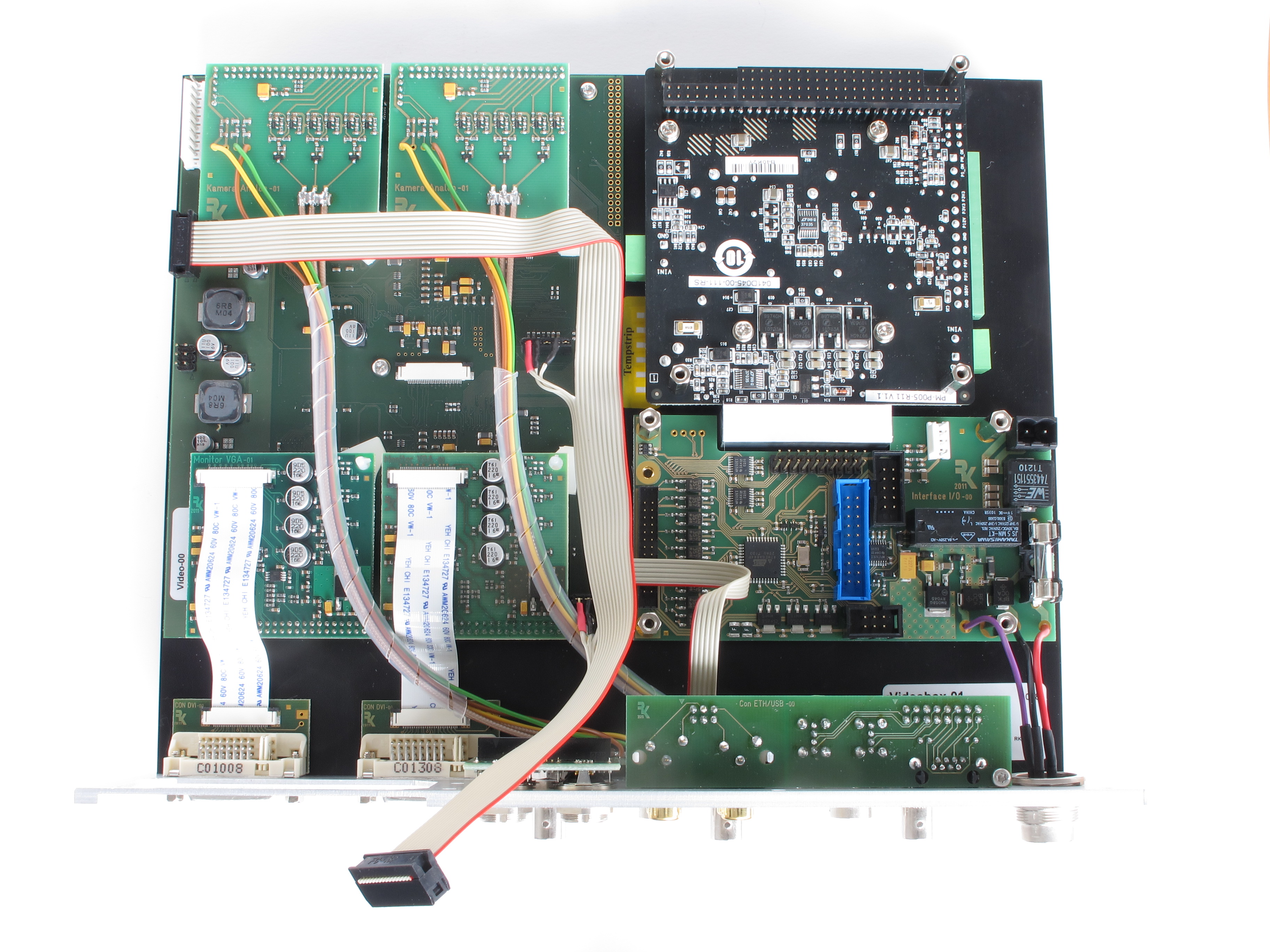Challenges of CDN Deployment in High-Traffic Scenarios

- Excessive Bandwidth Consumption: High traffic volume can overload CDN infrastructure, leading to bandwidth exhaustion and performance degradation.
- Latency and Congestion: Heavy traffic can cause network congestion and latency, affecting user experience and service reliability.
- Server Overload: An influx of requests can overwhelm CDN servers, resulting in outages or slow response times.
- Security Threats: High traffic can attract malicious actors, increasing the risk of DDoS attacks, data breaches, and other security vulnerabilities.
- Cost Optimization: Serving high volumes of traffic can increase CDN costs significantly, requiring careful resource management and optimization.
Strategies for Addressing CDN Challenges in High-Traffic Scenarios

1. Network Optimization:

- Smart Routing: Employ algorithms that distribute traffic across multiple CDN PoPs, optimizing routes based on proximity and network conditions.
- Traffic Shaping and Load Balancing: Implement mechanisms to control traffic flow, preventing overload and ensuring consistent performance.
- TCP Optimization: Fine-tune TCP parameters to maximize data transfer efficiency and minimize latency.
2. Server Scaling:
- Horizontal Scaling: Add more CDN servers to handle increased traffic without compromising performance.
- Vertical Scaling: Upgrade existing servers with higher capacity and faster processing power.
- Caching: Leverage caching mechanisms to reduce server load by serving frequently requested content from local caches.
3. Content Optimization:
- Content Compression: Compress content to reduce bandwidth consumption and improve delivery speed.
- Prefetching and Preloading: Proactively fetch and store popular content in edge caches, anticipating user requests and reducing latency.
- Adaptive Bitrate Streaming: Deliver content in different bitrates based on user bandwidth, optimizing the viewing experience while minimizing buffering.
4. Security Enhancements:
- DDoS Detection and Mitigation: Implement proactive DDoS detection and mitigation systems to protect against malicious traffic.
- Web Application Firewall (WAF): Shield CDN servers from web application attacks, such as SQL injection and cross-site scripting.
- Content Delivery Network (CDN) Security Certificate: Use CDN-specific security certificates to encrypt data in transit and prevent eavesdropping.
5. Cost Optimization:
- Traffic Analysis and Forecasting: Analyze traffic patterns to identify peak usage periods and plan for resource allocation accordingly.
- Service Level Agreements (SLAs): Negotiate SLAs with CDN providers that align with performance requirements and cost budgets.
- Caching and Prefetching: Leverage caching and prefetching to reduce server load and bandwidth consumption, resulting in lower costs.## Addressing The Challenges Of CDN Deployment In High Traffic Scenarios
Executive Summary:
Content Delivery Networks (CDNs) play an indispensable role in ensuring fast and reliable delivery of web content, particularly during high traffic scenarios. However, deploying a CDN effectively in such demanding conditions poses several challenges. This article aims to delve into these challenges and provide comprehensive solutions to overcome them. We will explore key subtopics such as CDN architecture optimization, traffic management, security considerations, and performance monitoring, offering practical insights and best practices for successful CDN deployment in high traffic environments.
Introduction:
In the era of rapidly growing internet traffic and user expectations, the demand for high-performance content delivery has surged. CDNs have emerged as the cornerstone of modern content delivery strategies, enabling businesses to distribute content efficiently and reliably to global audiences. However, deploying a CDN in high traffic scenarios presents unique challenges that require careful planning and technical expertise. This article aims to provide a comprehensive understanding of the challenges involved and offer effective solutions to ensure optimal CDN performance under heavy load.
FAQ:
-
What are the primary challenges of CDN deployment in high traffic scenarios?
- Ensuring content availability and fast delivery under heavy traffic load
- Managing traffic spikes and reducing latency
- Addressing security concerns and preventing malicious attacks
- Monitoring and optimizing CDN performance for continuous improvement
-
How can I optimize my CDN architecture for high traffic scenarios?
- Utilize a distributed caching strategy with multiple edge servers
- Implement load balancing and failover mechanisms to ensure redundancy
- Optimize server configurations for high performance and scalability
- Leverage caching techniques to reduce bandwidth usage and improve response times
-
What are the best practices for traffic management in high traffic scenarios?
- Implement traffic shaping and rate limiting to control incoming traffic
- Use geographic load balancing to route traffic to the nearest edge servers
- Employ advanced routing algorithms to optimize traffic flow and reduce latency
- Monitor traffic patterns and adjust CDN configurations as needed
Subtopics:
CDN Architecture Optimization
- Distributed Caching: Deploying multiple edge servers in geographically distributed locations ensures content is cached closer to users, reducing latency and improving performance.
- Load Balancing and Failover: Implementing load balancing distributes traffic across multiple servers, preventing overloads. Failover mechanisms redirect traffic to backup servers in case of outages, ensuring continuous availability.
- Server Optimization: Configuring servers with high-performance hardware, optimized software, and caching mechanisms enhances content delivery efficiency and reduces response times.
- Caching Techniques: Utilizing browser caching and CDN edge caching reduces bandwidth consumption, improves content delivery speed, and lowers server load.
- Geo-DNS: Implementing geographic DNS (Geo-DNS) automatically routes traffic to the nearest CDN edge server based on the user’s location, minimizing latency and improving user experience.
Traffic Management
- Traffic Shaping and Rate Limiting: Controlling incoming traffic through traffic shaping and rate limiting prevents server overloads, ensures fair resource allocation, and optimizes overall performance.
- Geographic Load Balancing: Routing traffic based on geographic locations directs requests to the nearest edge servers, reducing latency and providing a better user experience.
- Advanced Routing Algorithms: Utilizing advanced routing algorithms, such as round-robin, weighted round-robin, or least-connection, optimizes traffic flow, reduces latency, and improves content delivery efficiency.
- Traffic Monitoring and Analysis: Continuously monitoring traffic patterns, identifying bottlenecks, and analyzing performance metrics enables proactive adjustments to CDN configurations, ensuring optimal performance during traffic spikes.
Security Considerations
- Secure Content Delivery: Implementing Transport Layer Security (TLS) encryption protects content from eavesdropping and malicious attacks, ensuring data privacy and integrity.
- Access Control and Authentication: Restricting access to CDN resources through authentication and authorization mechanisms prevents unauthorized access and protects against data leaks.
- Malware Detection and Mitigation: Integrating malware detection and mitigation systems into the CDN infrastructure safeguards against malicious content distribution, protecting users and website reputation.
- DDoS Protection: Utilizing DDoS mitigation services protects against distributed denial of service (DDoS) attacks, ensuring CDN availability and content delivery during traffic surges.
- Security Monitoring and Auditing: Regularly monitoring security logs, conducting security audits, and reviewing CDN configurations proactively identifies vulnerabilities and ensures ongoing security compliance.
Performance Monitoring
- Real-Time Monitoring: Implementing real-time monitoring systems enables continuous tracking of CDN performance metrics, including latency, throughput, and availability.
- Performance Benchmarks: Establishing performance benchmarks and thresholds allows for proactive identification of performance issues and timely remediation.
- User Experience Monitoring: Utilizing synthetic and real user monitoring tools provides insights into actual user experiences, identifying performance bottlenecks and areas for improvement.
- Log Analysis and Reporting: Analyzing CDN logs and generating reports helps identify trends, patterns, and potential performance issues, enabling data-driven decision-making.
- Continuous Optimization: Regularly reviewing performance data, identifying areas for improvement, and implementing optimizations ensures ongoing CDN performance enhancement.
Conclusion:
Deploying a CDN in high traffic scenarios presents unique challenges, but by addressing these challenges effectively, businesses can ensure fast, reliable, and secure content delivery. Optimizing CDN architecture, implementing efficient traffic management strategies, prioritizing security considerations, and establishing robust performance monitoring mechanisms are essential for successful CDN deployment in demanding environments. By following the best practices and solutions outlined in this article, businesses can harness the full potential of CDNs to deliver exceptional user experiences, drive engagement, and achieve online success.
Keywords:
- CDN Deployment
- High Traffic Scenarios
- CDN Architecture Optimization
- Traffic Management
- CDN Performance Monitoring
